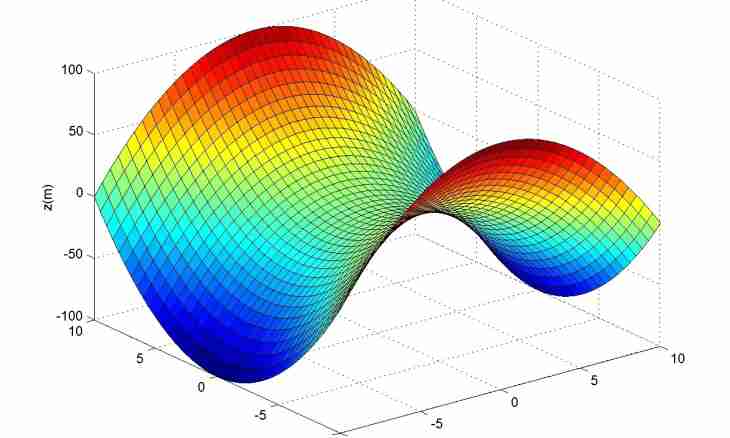The distribution law of a random variable is the ratio establishing connection between possible values of a random variable and probabilities of emergence them in test. Three fundamental laws of distribution of random variables are known: a number of distribution of probabilities (only for discrete random variables), distribution function, probability density.
Instruction
1. Distribution function (sometimes – the integrated distribution law) is the universal distribution law suitable for the probabilistic description of both discrete, and continuous CB X (random variables of X). Equal F(x) = P is defined as function of an argument x (maybe the possible value X = x) (X <x). That is probabilities that CB X accepted value, smaller an argument x.
2. Let's consider a problem of creation of F (x) a discrete random variable of X set by a number of probabilities and presented by a distribution polygon in figure 1. For simplicity we will be limited to 4 possible values.
3. At Hx1 F(x)=0 since the event {X <x1} is an event impossible. At x1 <X≤x2 F (x) =p1 since one possibility of performance of inequality {X <x1}, namely - X = h1 appeared, as happens to p1 probability. Thus, in (h1+0) came the races F (x) from 0 to river At x2 <X≤x3 the same way of F (x) =p1+p3 since here two possibilities of performance of inequality of X <x by X = h1 or X = h2 appeared. Owing to the theorem of the probability of the sum of not joint events, the probability of it r1+ r2. Therefore in (h2+0) F(x) underwent races from p1 to r1+ r2. By analogy, at x3 <X≤x4 F(x) =p1+p2+p3.
4. At X> x4 F(x) =p1+p2+p3+p4=1 (on a normalization condition). Other explanation - in this case an event {x <X} it is reliable as all possible values of this random variable it is less of it x (one of them has to be accepted SV in experience surely). The schedule of the constructed F(x) is provided on figure 2.
5. For the discrete SV having n of values, number of "steps" on a distribution function graph, obviously n will be equal. At n striving for infinity in the assumption that discrete points "entirely" fill all numerical straight line (or its site), we receive that on a function graph of distribution there are more and more steps, the lesser size ("creeping", by the way, up) which in a limit pass into the continuous line which forms a function graph of distribution of a continuous random variable.
6. It should be noted that the main property of function of distribution: P (x1≤X<x2) = F(x2) - F(x1). So if it is required to construct the statistical F*(x) function of distribution (on the basis of the experimental data), then it is necessary to take frequencies of intervals of pi *=ni/n for these probabilities (n – the total number of observations, ni – number of observations in i-m an interval). Further use the stated technique of creation of F (x) a discrete random variable. Difference only that do not build "step", and connect (consistently) points straight lines. The nondecreasing broken line has to turn out. Indicative schedule F * (x) is provided on figure 3.

